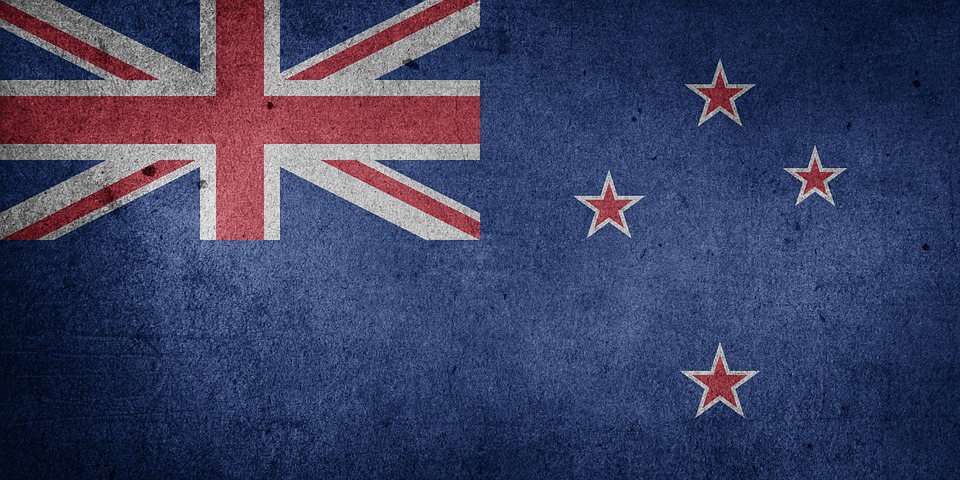
In 2019, New Zealand’s first ever quarter sovereign was released to honour the 200th anniversary of Queen Victoria’s birth, featuring an effigy of the young portrait of Queen Victoria. But, what do we actually know about the country and its connection with Queen Victoria? We’ll be exploring the history here…
The Maori
During the 10th Century AD, ancestors of the Maori arrived by canoe in New Zealand and called the land ‘Aotearoa’, meaning Land of the Long White Cloud. In 1642, a Dutch explorer called Abel Tasman set sights on the island and charted some of the west coast. The new land was renamed ‘Nieuw Zealand’ after the Dutch province.
The Maori fought off the Europeans and so they were not keen to return. That was until 1769 when British Captain James Cook arrived in his ship ‘The Endeavour’. Captain Cook’s encounter with the Maori became violent, and so he fled. However, Cook later befriended the local Maori and began to circumnavigate and map New Zealand. He made two more voyages to New Zealand in 1773 and 1777.
Colonisation
By the late 18th century, New Zealand was regularly visited by explorers, traders, and other sailors. Generally, relations between the Maori and Europeans were peaceful. The first British missionary, Samuel Marsden, arrived in New Zealand in 1815, however, he had little success. In 1817, the laws of New South Wales were extended to New Zealand, although there was little law and order and so European settlers asked the British Government for help.
In 1833, the British government sent an official British Resident, James Busby, to New Zealand as they wanted proper regulations enforced regarding those buying land from the Maori. His job was also to unite the Maori tribes into an alliance that the British could control. The British government were hesitant in making New Zealand a colony, but decided to proceed in fear that France were about to do so.
Treaty of Waitangi
James Busby was replaced by a man called William Hobson. William persuaded the Maori to sign the treaty of Waitangi in 1840; an agreement between the British Crown and the Maori. It established a British Governor of New Zealand, recognised Maori’s ownership of their lands, and other possessions, and granted the Maori the same rights as British subjects. In general terms, the treaty established British law in New Zealand and is considered the founding document, as well as an important part of the country’s history.
Also in 1840, William Hobson made Auckland the capital city of New Zealand. Despite the treaty, the British and the Maori soon became at loggerheads, and as a result of European infectious diseases, the New Zealand wars, and more and more colonists coming to New Zealand over the years, the land was passed to European ownership, and the Maori was practically wiped out. In 1907, New Zealand became a self-governing Dominion with the British Empire until it gained full independence from Britain in 1947.
Gold Sovereign
The gold sovereign has a prestigious reputation around the globe. This reputation was established in the reign of Queen Victoria when the sovereign was the “chief coin of the world’. However, only a handful of countries and colonies in the Empire produced sovereigns. New Zealand, for example, didn’t. In the 1860s, at the time of New Zealand’s biggest gold strike, no mint existed in the country. Neighbouring Australia, however, had a mint in Sydney and so New Zealand’s raw gold was shipped there to be made into coins for international trade
For the very first time, New Zealand is issuing its own gold sovereigns. In 2019, The New Zealand Treasury made the exceptional decision to produce gold sovereign coins in honour of the 200th anniversary of the birth of Queen Victoria. Queen Victoria is the first monarch of New Zealand, so finally it can join the list of important Empire and Commonwealth nations that have gold sovereigns carrying their names.

You can secure these world-first sovereigns HERE.
